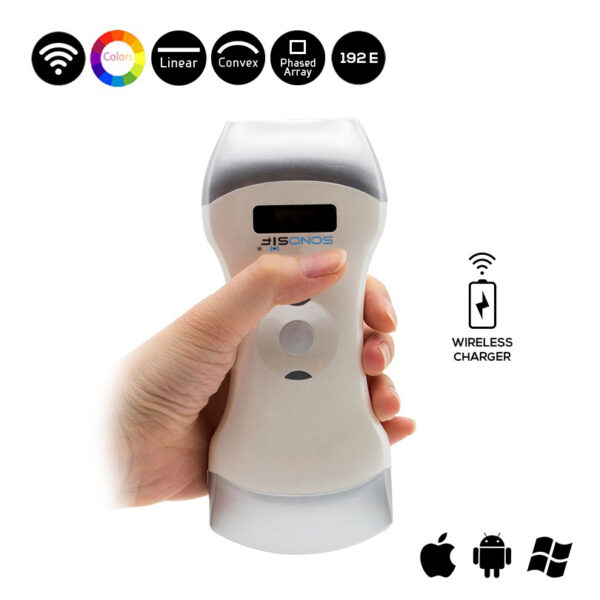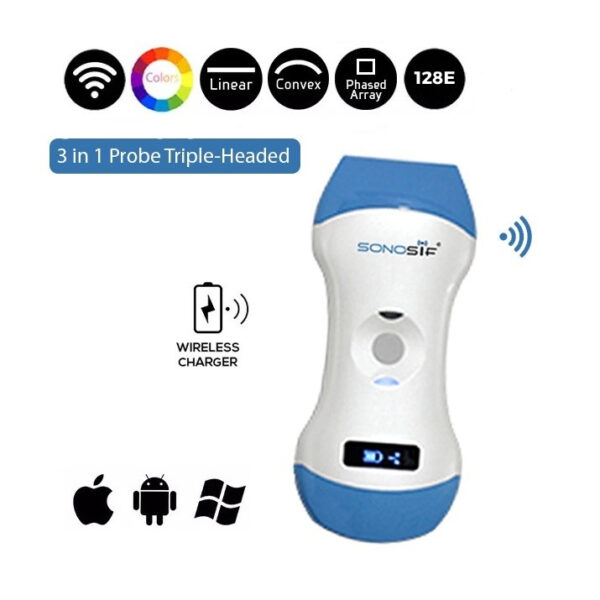- Immediate contact :
- +1-323-988-5889
- info@sonosif.com

The Use of Ultrasound Scanners in Medical Routine in Operating Room
August 15, 2022
Ovulation Detection Using Ultrasound
October 21, 2022Pharyngitis is a pharyngeal inflammation (the back of the throat). The most prevalent term for it is “sore throat.” Pharyngitis can also cause throat scratchiness and swallowing difficulties.
According to the American Osteopathic Association (AOA), pharyngitis-induced sore throat is one of the most common reasons for medical visits. Pharyngitis cases increased throughout the colder months of the year. It’s also one of the most common reasons people skip work. It is vital to identify the source of a sore throat in order to successfully treat it. Pharyngitis can be caused by bacterial or viral illnesses.
Colds and flus might increase your risk of pharyngitis. This is especially true for people who work in healthcare, have allergies, or suffer from sinus infections on a regular basis. Furthermore, secondhand smoking may raise the risk.
The therapy is determined on the cause. Viral pharyngitis resolves on its own with the use of salt water gargles, pain medications, and additional fluids. Antibiotics are used to treat bacterial pharyngitis, while antifungal medicines are used to treat fungus pharyngitis. Strep throat requires immediate antibiotic treatment because, if left untreated, it can develop renal difficulties and rheumatic fever, which can damage heart valves. Other reasons will be treated after a thorough evaluation in the clinic.
Which Ultrasound Scanner is Suitable for Pharyngitis Diagnosis?
An array of transducers operating at frequencies ranging from 5 to 7.5 MHz is presently used for non-invasive imaging of superficial arteries and veins. The wireless Convex and Linear Color Doppler Ultrasound Scanner CLCD detects abnormalities deeper within the throat, such as pharyngitis.
To view established sore throat lesions, anatomical Doppler or B-mode ultrasound imaging can be employed. The practitioner may also utilize Doppler mode to evaluate blood pressure at various locations along the neck. These measurements may be used to assess the degree of any blockages as well as the rate of blood flow in the arteries.
A Doppler ultrasonography is a non-invasive technique that uses high-frequency sound waves bouncing off red blood cells to generate pictures of blood arteries, tissues, and organs. The presence of faintness or the absence of sound may suggest a blockage in the blood flow.
Ultrasonography recordings of the thickness of the carotid intima-media complex may detect the stage of Pharyngitis inflammation, according to new research.
After ultrasound diagnosis, pharyngitis requires medical treatment in some circumstances. This is especially true if the illness is bacterial in nature. Antibiotics will be prescribed by your doctor in such cases. The most generally prescribed therapies for strep throat are amoxicillin and penicillin. To prevent the infection from recurring or worsening, you must finish the complete course of medicines.
Reference: Healthline.com
Disclaimer: Although the information we provide is used by different doctors and medical staff to perform their procedures and clinical applications, the information contained in this article is for consideration only. SONOSIF is not responsible neither for the misuse of the device nor for the wrong or random generalizability of the device in all clinical applications or procedures mentioned in our articles. Users must have the proper training and skills to perform the procedure with each ultrasound scanner device.
The products mentioned in this article are only for sale to medical staff (doctors, nurses, certified practitioners, etc.) or to private users assisted by or under the supervision of a medical professional.







